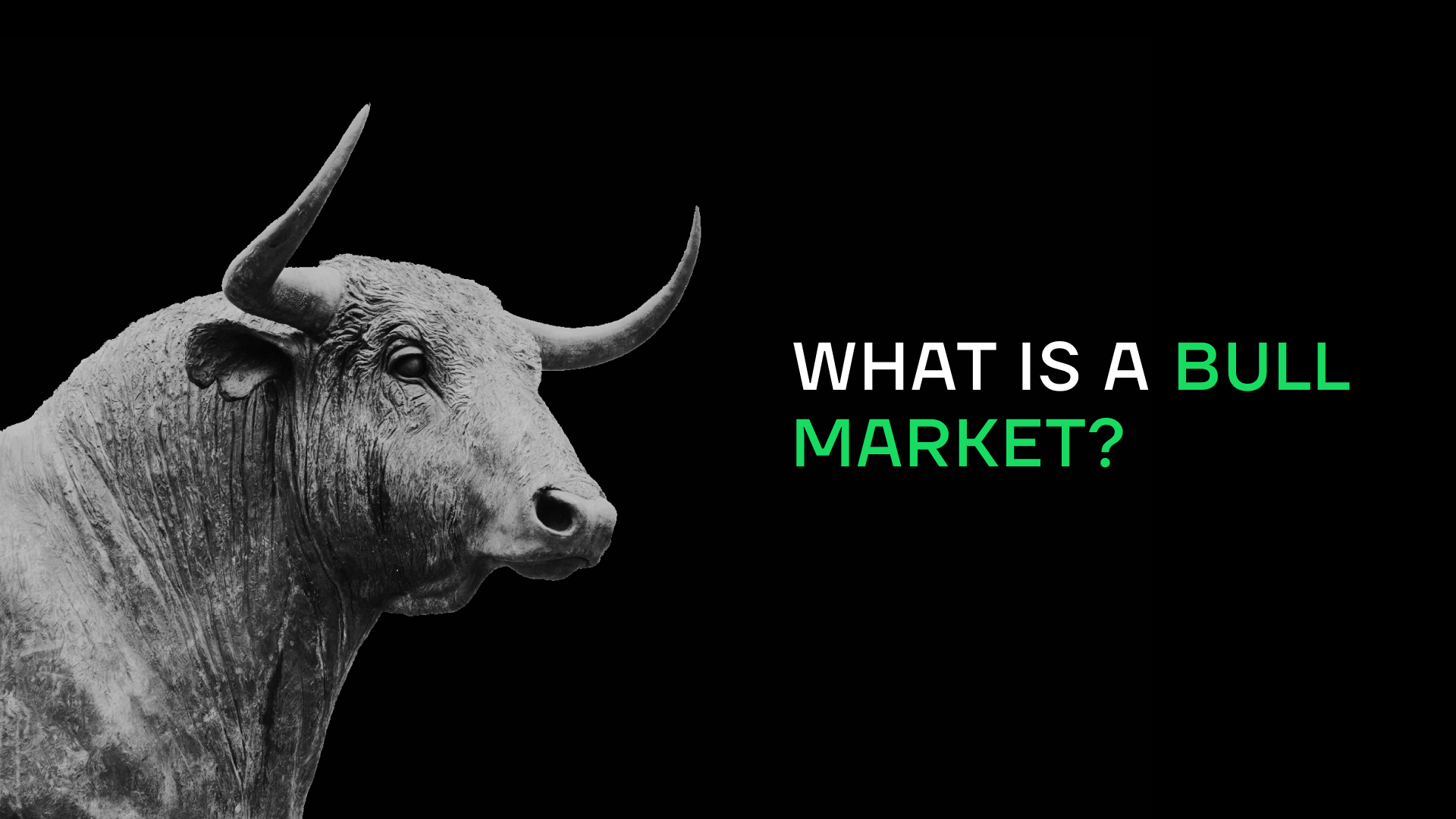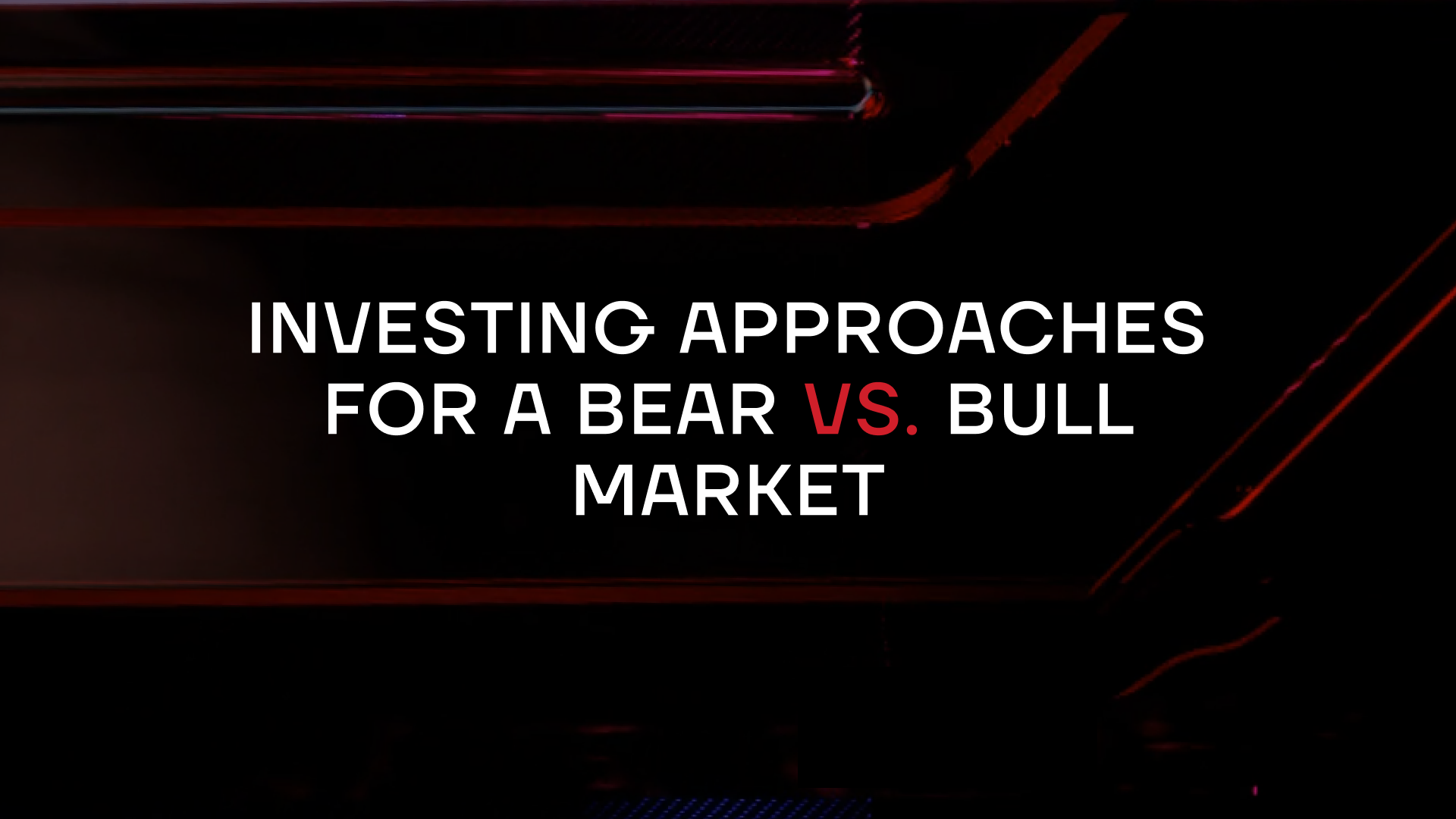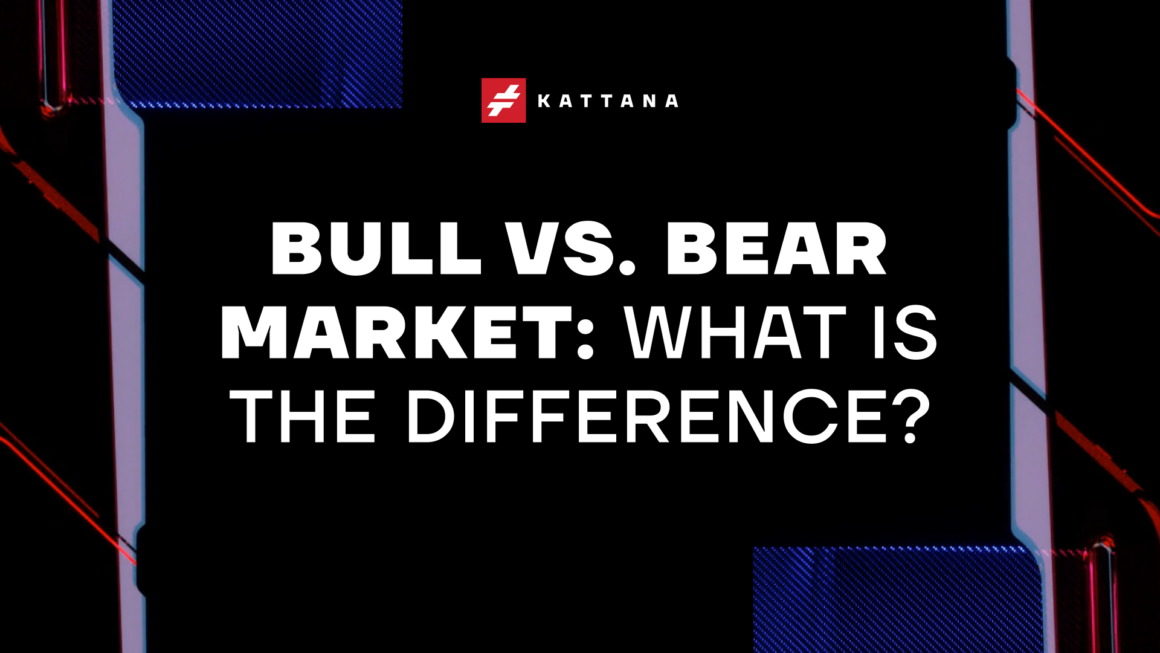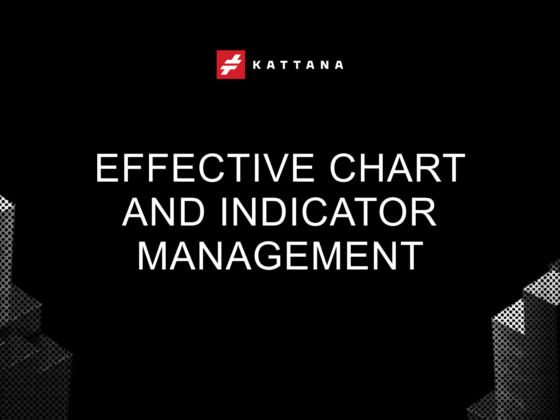Analysts always talk about “bull” and “bear” markets or bull market vs bear market — but what do the two terms actually mean? It’s not as simple as the market going up or down. The meaning of bullish and bearish is not that simple. And the difference between bull and bear market has quite a bit of nuance.

What is a bull market?
Broadly speaking, a bull market is the one where the general trend of the market is up, i.e. when most of the assets’ prices are growing. Thus, a bull v bear market is a more positive one. Is a bull market good? Yes, as long as it doesn’t become a bubble. A bull is chosen to represent this type of price movement because it is an active animal and because it is often depicted with the body elevated up and thus similar to the chart of prices going up.

What is a bear market?
In contrast, a bear is often depicted slouched down, similar to the chart of prices going down. Bears are also known for months of inactivity (hibernation) and few movements not unlike that of a bear market when there is little appetite for investors to actively participate in the market.

What are the key differences?
The most basic difference is that bull markets indicate a general price trend upwards and bear markets downwards. But it’s much more than that. Bull markets bring with it much optimism (including excessive optimism that leads to bubbles). Bear markets, conversely, create so much pessimism that a capitulation inevitably happens where most investors give up and sell their assets at a big loss just to be done with it all. Ironically, a capitulation often precedes a shift from a bear to a bull market.

Characteristics of Bull and Bear Markets
The bear bull stock market types can be determined by a number of factors. The two markets have their own characteristics and some that they share. The bear bull dynamic shifts often.
Investor Psychology
All of investing and trading runs on the psychology of fear and greed, the balance of which differs in a bull or bear market. Bull markets breed more greed. Bear markets inspire more fear and selling of investments. Some plan strategies that are contrarian to that sentiment. As the world-famous value investor, Warren Buffet, said: “Be fearful when others are greedy and greedy when others are fearful.”
Securities and Crypto: Supply and Demand
Generally, the number of floating shares of securities doesn’t fall in bull or bear markets, except inasmuch as companies may be tempted to buy back shares or issue new ones based on favorable market conditions or – conversely – shareholder pressure.
Same applies to crypto: the supply stays constant save for the same types of temptations and pressures. Demand, on the other hand, varies a lot between bear and bull markets. Bull markets bring more investors to the table with a higher appetite and less price-sensitivity because they are optimistic about prices going up seemingly forever. In contrast, bear markets destroy demand since nearly everybody is trying to get rid of their assets (i.e. accept losses) before they become totally worthless.
Change in Economic Activity
Bull and bear markets don’t rise in a vacuum. Usually, general economic activity and confidence precipitate market activity. Prosperous times lead to bull markets. Economic recessions lead to bear ones. Wars affect markets as do natural disasters (COVID-19 is an obvious recent example).
Stock market performance
Stock market bear vs bull cases for an investment portfolio are common. It’s important to understand that a bull market doesn’t mean that the stock market will always go up in a linear fashion. Same with the bear market. Bulls and bears fight it out daily. Each market trend can have short-term reversals as well as sideways trading while the market figures out its direction. This could be based on external economic data, technical indicators, or a number of other factors. Notably, bullish vs bearish stock picks vary by industry (some do better in bullish vs bearish markets).
Change in GDP
A country’s Gross Domestic Product (GDP) is a benchmark of the economy as a whole. A severe decline in GDP growth (let alone a GDP contraction) is an indication of economic issues and a market slowdown. These are signs of a bear bull market shift, aka of a bear market either coming or already happening.
Unemployment rate changes
Another indicator of a recession (and thus a likely bear market) is high unemployment. Because a large number of unemployed workers indicates a lack of jobs and thus a lack of demand for economic activity. On the other hand, the government may feel pressured to decrease unemployment by injecting money into the economy or artificially increasing the number of employed persons, possibly kicking off a bull run in the process. So it’s something to watch for either of the bull bear market situations.
Rate of inflation
Market analysts keep a close eye on their country’s rate of inflation because the Central Bank likes to keep it below a certain level to avoid hyperinflation. And the most common way they do that is by raising the federal funds rate, essentially increasing nationwide interest rates to make borrowing money less attractive. This slows down the economy and can trigger or prolong a bear market. Thus a rate of inflation can point at a market turning bullish and bearish meaning a better or worse economic situation.
Prevailing interest rates
Thus, high interest rates are a cause for concern and a sign to watch out for a bear market vs bull market. Conversely, a government that wants to stimulate the economy will push rates to as low as zero. When that works, it tends to stimulate the market and contribute to a bull run. So look at the interest rates to determine a bullish vs bearish market. Central Bank’s pressure on interest rates can thus be bearish and bullish meaning it can move the markets either way.

Investing approaches for a bear vs. bull market
There are many different strategies for investing in bull bear markets. Investors who believe they are early into a long bull market often buy and hold assets to ride the wave of that trend. In a bear market, many investors try to catch the bottom so that they can sell for a lot more once the market is back into the bull market. One can also play contrarian strategies by trying to catch the market when it’s oversold or overbought, aka too bearish or too bullish.










